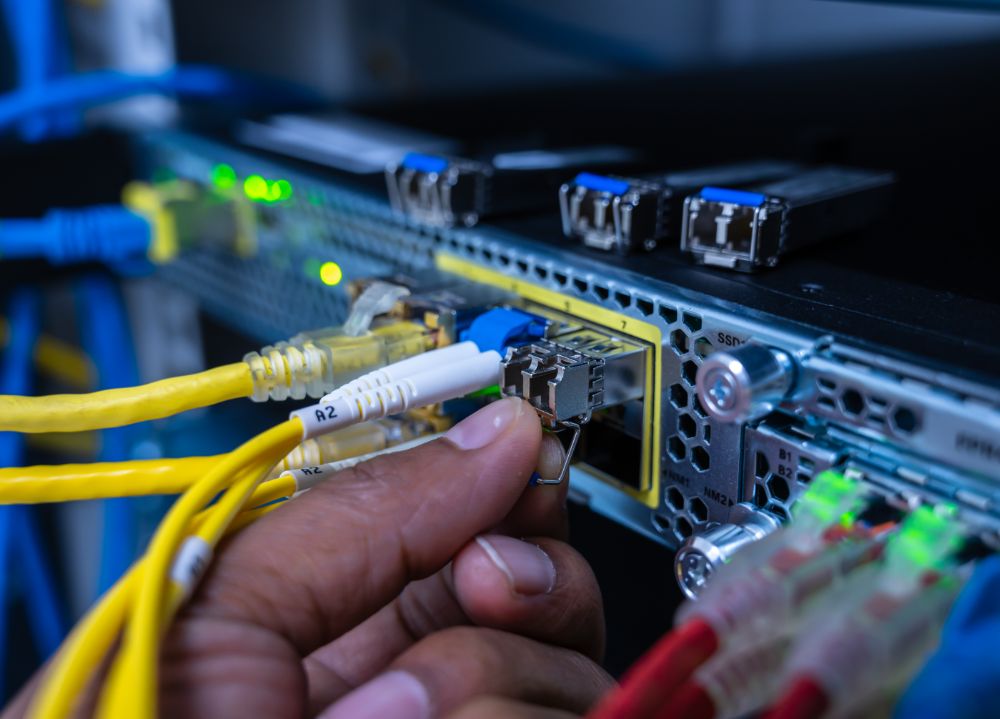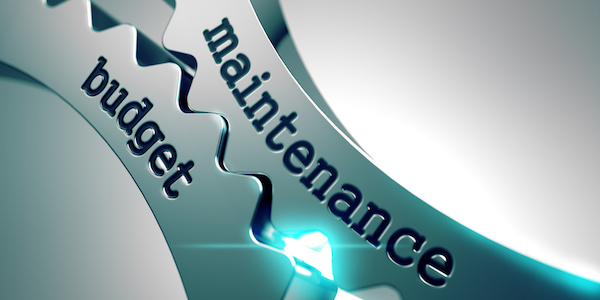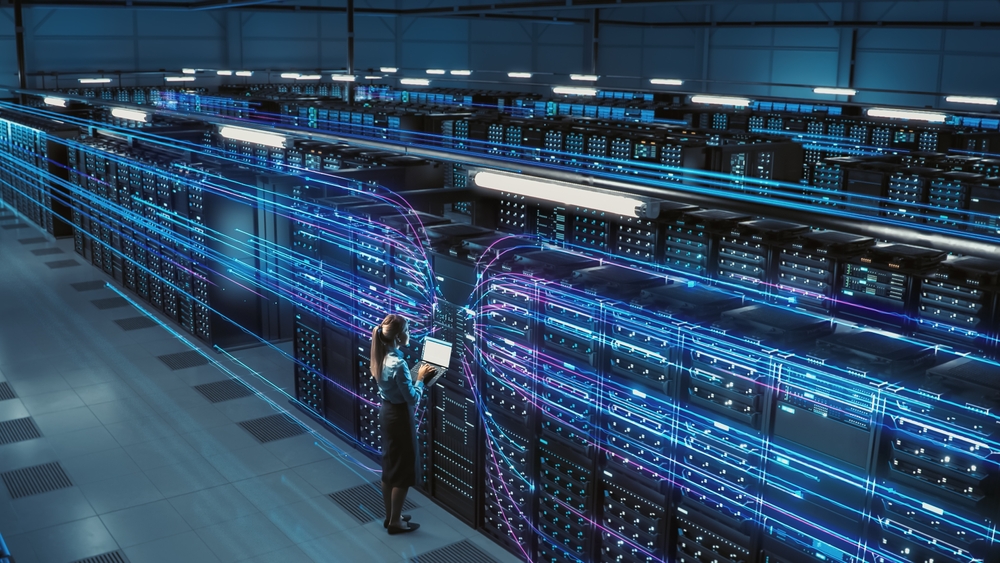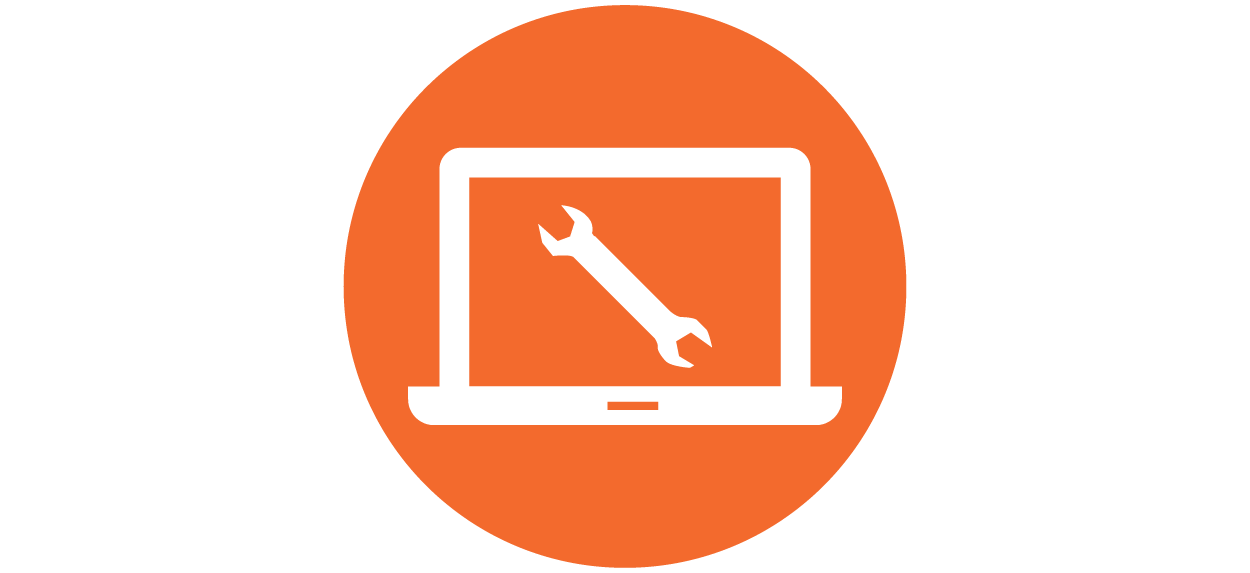At Network Craze we understand the importance of keeping your network downtime to a minimum…

What is EOL (End of Life) vs EOSL (End of Service Life)?
You’re on a manufacturer’s website seeking information about how to fix a product you own. Suddenly, you stumble upon some concerning information: the product is EOL or EOSL. What does EOL vs EOSL mean, and why is keeping track of your product’s service life so important?
We’re glad you asked and are here to answer that question. Let’s learn more about the differences between EOL vs EOSL, why learning about this is important, and strategies for dealing with hardware that is reaching the end of its life.
What is EOL?
EOL stands for end of life. This acronym is used when the product is no longer manufactured, sold, or supported.
When the product reaches its end of life, it isn’t being manufactured. No more new versions of the product will be created, so it may be the right time to look for an alternative.
However, the manufacturer will also usually continue to provide support, and third-party maintenance will usually be available.
Maybe you love a product deemed EOL, and you’re wondering why it is getting this status. There are several reasons the manufacturer may determine that the product has reached the end of its life. One main reason is that there have been many technological advances, and now, the hardware is outdated, so it no longer makes sense for the manufacturer to maintain it.
Alternatively, market demand could be to blame. If there’s no demand for the product, manufacturers do not need to continue creating patches and more. Finally, the product’s lifespan can be to blame.
For example, you may be familiar with the Cisco AIR-AP1231G-E-K9 AIRONET Wireless Access point. This has reached the end of its life, so Cisco no longer has patches available for it and will no longer receive upgrades.
What is EOSL?
EOSL, or end of service life, takes things further. A product with the EOSL label will no longer receive software updates, security patches, or technical support. In other words, if a product is EOSL, the manufacturer is essentially ‘hands-off’ with it at this point.
This differs from EOL because when a product is EOL, it can still get support. EOSL means there will be no more support from the manufacturer’s end.
Again, there are multiple reasons that a product can reach this conclusion. Ultimately, there’s a lot of overlap with EOL products as to why they do. EOSL hardware, unfortunately, has become outdated and, because of this, is incredibly resource-intensive to support.
Think of it this way: to the manufacturer, the end simply doesn’t justify the means. Cisco’s Catalyst 6000 Series Supervisor Module with MSFC is an example of a product that reached the end of its service life.
You should also watch when your product reaches the end of its service life because these items are increasingly vulnerable to security issues. There’s reason to be concerned about the product not getting security patches or updates anymore.
What is the difference between EOL, EOSL, and EOS?
If you’re slightly confused because these definitions are similar, it’s understandable! We’re here to help you better understand EOL vs EOSL.
EOL products:
- Are no longer being produced by the company
- Will still receive updates and maintenance
- Should still receive support from the company if you have an issue covered in your warranty
- Sometimes also called EOS, or end of sale
- You can still probably get a few years out of your EOL products
EOSL products:
- Are also no longer being made by the company, but also will not be receiving service anymore
- Because of this, they are especially vulnerable
- Security issues abound
- Likely have to replace EOSL hardware ASAP
Ultimately, EOSL is a more serious implication than EOL is, as end-of-service life hardware will be significantly more vulnerable, thanks to no further updates. Understanding this is crucial to help you decide if it’s time for your organization to move forward with new hardware.
Understanding the importance of EOL and EOSL
Unfortunately, there’s one thing that EOL vs EOSL hardware have in common: it’s not a great sign. Even if your hardware is EOL and not EOSL, it’s heading in that direction. The best thing to do if your hardware is either EOL or EOSL is to consider looking into new options.
Why? We’ve already touched on the security issues that can occur if you continue to use a product that doesn’t have any security patches being rolled out. The main risk is that there will be a data breach that can expose your business’s private information to criminals—or worse, your customer’s data to criminals. Therefore, continuing to use EOSL hardware is risky business.
There’s also the risk of operational disruptions, such as a potential downtime. Finding a repair person if—or when—your hardware breaks could mean trouble for your business, as there will likely be some downtime before the hardware gets up and running again. Or, you can spend all that money on repairs only to learn it’s no longer usable.
There is also a compatibility issue risk. The older the hardware is, the less likely it is to be compatible with newer systems. It may not suit your business needs, so you’ll have to update equipment.
Making a hardware investment is a big decision, so we understand if you want to learn more about what you can do to seek legal recourse when EOL or EOSL impacts you.
For starters, look at the terms and conditions you acquired when you first bought the product. Look for additional information about end-of-life policies or anything related to maintenance or service.
Next, you should learn more about the consumer protection laws available. In some cases, you may find more information about warranties and guarantees and how those apply to products as they reach the end of their life.
Strategies for dealing with EOL and EOSL
So, what do you do if your item is approaching EOL or EOSL status? The first thing to do is decide when to upgrade or replace it. If you weren’t expecting such a high cost and haven’t budgeted for it, rest assured that you will be able to find a refurbished equipment option that suits your needs—for a fraction of the cost.
Ultimately, you might wonder if it is that serious—or if you can continue with your network equipment and simply look at maintenance options. While you can technically, the reality is that those maintenance costs will increase as the product gets less relevant.
Once the product loses original equipment manufacturer support and is deemed EOSL, you won’t be able to get any service done on it from their end. EOL hardware is less extreme and final than EOSL, but it’s important to remember that EOL eventually becomes EOSL.
You can also look into open-source software and cloud-based solutions if you need an in-between fix when considering your options or try to figure out extended support agreements.
Vendor and manufacturer responsiveness
Of course, vendors and manufacturers also play a role. Check out your documentation to see if you have hardware maintenance contracts.
Responsible companies communicate EOL and EOSL timelines early enough to give you time to decide on your hardware. They may post it online in a forum or community, on their website, or announce it via email. It’s especially important to have a direct line of communication with your vendor during this time.
You should also have maintenance services willing to service the product even after its support life ends. This is because you will need hardware support even after the manufacturer won’t provide it anymore. Third-party maintenance services can fill any gaps, so don’t wait to find support services.
The significance of understanding EOL and EOSL in today’s business landscape
Keeping up with EOL and EOSL announcements is essential to ensure you don’t experience any workflow disruptions or downtime due to the end of product life. Ultimately, while EOSL is more severe, EOL is still important because it’s heading towards EOSL. Staying in the loop is key so you don’t get any unpleasant surprises and find out that you’ve experienced a security breach because of an outdated product.
Do you have an EOL or EOSL product and need help sourcing a new one? Reach out to Network Craze to learn how we can fill the gaps for you.
FAQs
Still have some questions? We’ve got you covered with the most frequently asked questions and their answers.
How Do I Access My Equipment’s EOL/EOSL Date?
You should find it on the manufacturer’s website, in a newsletter they release, or in an announcement.
Do I Need to Replace My Equipment When It Reaches Its EOL/EOSL Date?
You don’t need to—but it’s a really good idea to. This is because the software is becoming obsolete, so getting support will become increasingly difficult.
For How Long Can I Support My Equipment After It’s EOL/EOSL?
You can technically keep it if you find repair services supporting your equipment. That said, it’s risky—and the older your item gets, the harder it will be to find someone to maintain it.
What if I Do Not Need to Refresh EOL/EOSL Hardware?
Ultimately, deciding when to refresh EOL/EOSL hardware is up to you. However, your private information can be vulnerable to security breaches, operational disruptions, and downtime if you choose to take no action.





